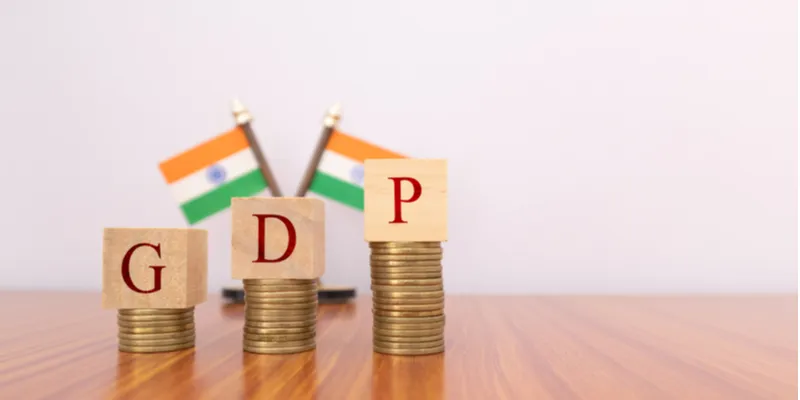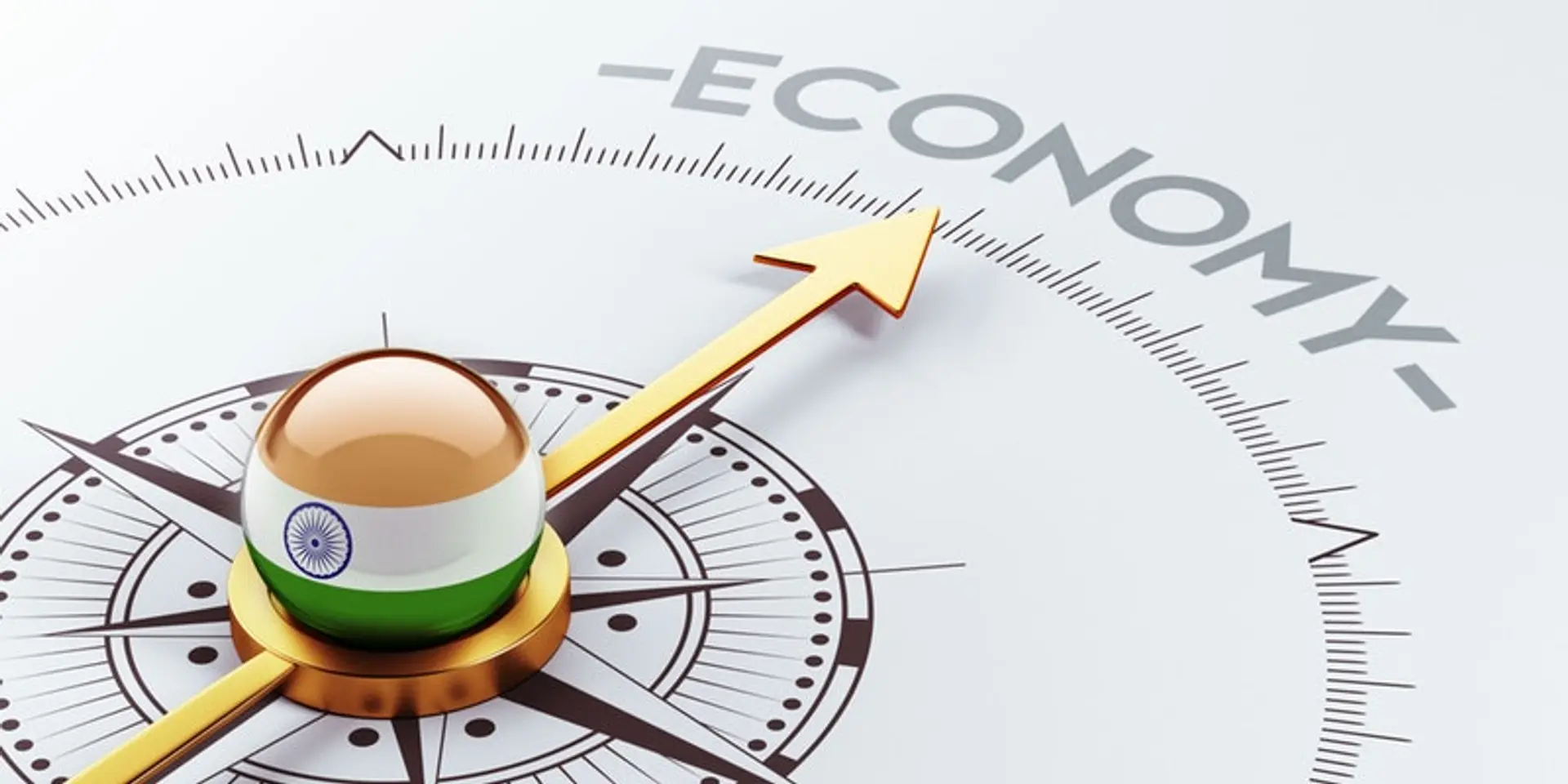GDP estimates: Experts say economy to perform better than earlier projections
The first Advance Estimates (AE) by the National Statistics Office (NSO) has projected a contraction of 7.7 percent in the real GDP during 2020-21.
India's GDP estimates for 2020-21 show that the economy is expected to perform much better than earlier projections by different agencies, indicating a sustained V-shape post-lockdown recovery, experts said.
The first Advance Estimates (AE) by the National Statistics Office (NSO) has projected a contraction of 7.7 percent in the real GDP during 2020-21. This was better than the projections by certain international agencies like the IMF and World Bank.
Commenting on the data, the finance ministry said the estimates on Gross Domestic Product (GDP) suggest a continued resurgence in economic activity in the second half of the current fiscal and point at post-lockdown sustained V-shaped recovery.
"The AE of 2020-21 reflect continued resurgence in economic activity in Q3 and Q4 - which would enable the Indian economy to end the year with a contraction of 7.7 percent," it said in a statement.
CII Director General Chandrajit Banerjee said the advance estimates show "a much shallower decline than earlier expected".
According to him, the government spending did much of the heavy lifting in supporting growth along with a healthy agriculture performance which was aided by a good monsoon.
In the last few months, there has been a strong economic recovery, which will require to be nurtured, especially in supporting the critical pillars of consumption to sustain the recovery momentum, he added.
As per the NSO, there was contraction in almost all sectors with the exception of agriculture.
"Real GDP or GDP at Constant Prices (2011-12) in the year 2020-21 is likely to attain a level of Rs 134.40 lakh crore, as against the Provisional Estimate of GDP for the year 2019-20 of Rs 145.66 lakh crore... The growth in real GDP during 2020-21 is estimated at -7.7 percent as compared to the growth rate of 4.2 percent in 2019-20," it said.
In the current fiscal, the manufacturing sector is likely to see a contraction of 9.4 percent whereas growth was almost flat at 0.03 percent in the year-ago period. The NSO estimates significant contraction in 'mining and quarrying', and 'trade, hotels, transport, communication and services related to broadcasting'.
Agriculture sector is estimated to see a growth of 3.4 percent in 2020-21. However, it will be lower than 4 percent growth recorded in 2019-20.
DK Srivastava, Chief Policy Advisor, EY India, said, the estimates show much better performance than what was predicted by multilateral agencies such as the IMF and the World Bank at (-) 10.3 percent and (-) 9.6 percent, respectively.
Srivastava further said the recovery in public administration, defence, and other services is conditional upon central and state governments being able to substantially uplift their expenditures in the last quarter of the fiscal year.
"One clear implication is that the central government may have to incur a larger fiscal deficit than what was earlier announced at Rs 12 lakh crores," Srivastava added.

Image Source: Shutterstock
Anuj Puri, Chairman, Anarock Property Consultants, said, the present estimates signal more positive trends and that the Indian economy is slowly on the road to recovery.
"The rate of contraction has definitely slowed down and there has been visible uptake in economic activity in the recent past, especially in the festive season," he said.
Puri said even real estate, which makes a significant contribution to the GDP, is seeing visible signs of recovery with residential sales rising significantly in the festive quarter.
The economy contracted by a massive 23.9 percent in the first quarter and 7.5 percent in the second quarter of this fiscal on account of the COVID-19 pandemic.
NSO said in wake of the pandemic, the data challenges in the case of other underlying macroeconomic indicators like the IIP and CPI used in the estimation of National Accounts aggregates, will also have implications on these estimates.
Further, the projected indices may significantly vary from the actual indices which in turn will depend on the pandemic-led economic situation prevalent during those months and specific measures, if any, taken by the government, it said.
Estimates are therefore likely to undergo sharp revisions for the aforesaid causes in due course, as per the release calendar, it added.
Commenting on the data, State Bank of India's research report Ecowrap said, "It's now official. Due to the COVID pandemic, India will witness negative GDP growth rate for the first time after 1979-80."
"If we juxtapose the data which is available for H1 and look at the FY21 estimates, CSO is expecting some recovery in services sector, with financial, insurance, real estate services leading," it said.
Another good thing is the improvement in the manufacturing sector. Agriculture, the only sector which displayed positive growth during H1, is expected to stay on a positive growth trajectory in the future as well, the report said.
India Ratings and Research Principal Economist Sunil Kumar Sinha said, "Although the headwinds emanating from COVID-19 related challenges are unlikely to go away till mass vaccination becomes a reality, we believe economic agents at least in the non-contact intensive sector appears to be gradually learning to live with it and economic activities are adjusting swiftly to the post-COVID-19 world."
The rating agency, therefore, expects GDP growth to turn positive in the fourth quarter of FY21 and FY22 GDP expansion to come in at 9.6 percent.
Care Ratings, in a report, said CSO's first advance estimate of GDP growth for FY21 is in line with its forecast of (-) 7.7-7.9 percent.
It expects marginally negative growth in Q3 and positive growth in Q4. Consumption and investment growth are negative for the year, it added.
Edited by Megha Reddy








